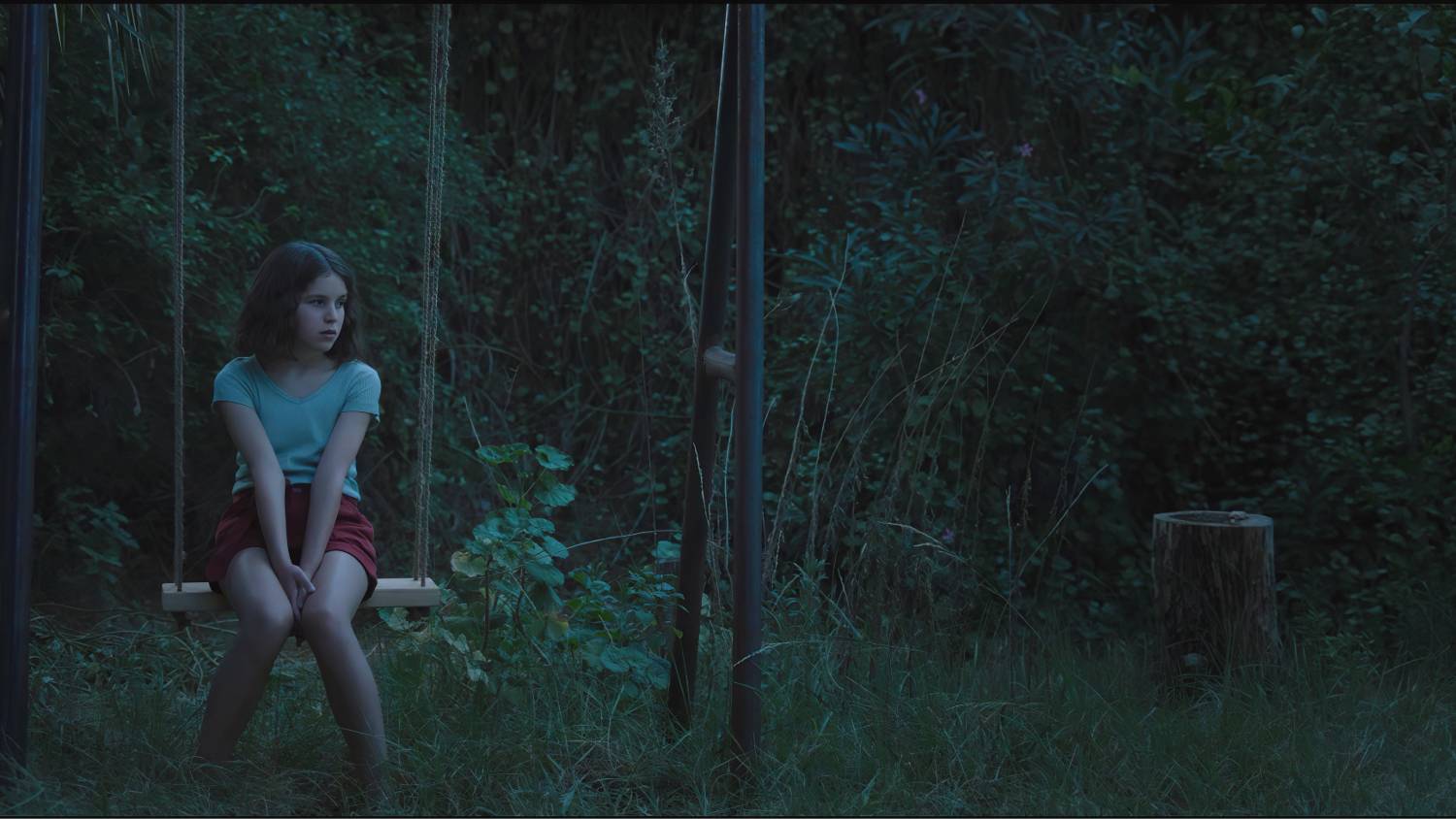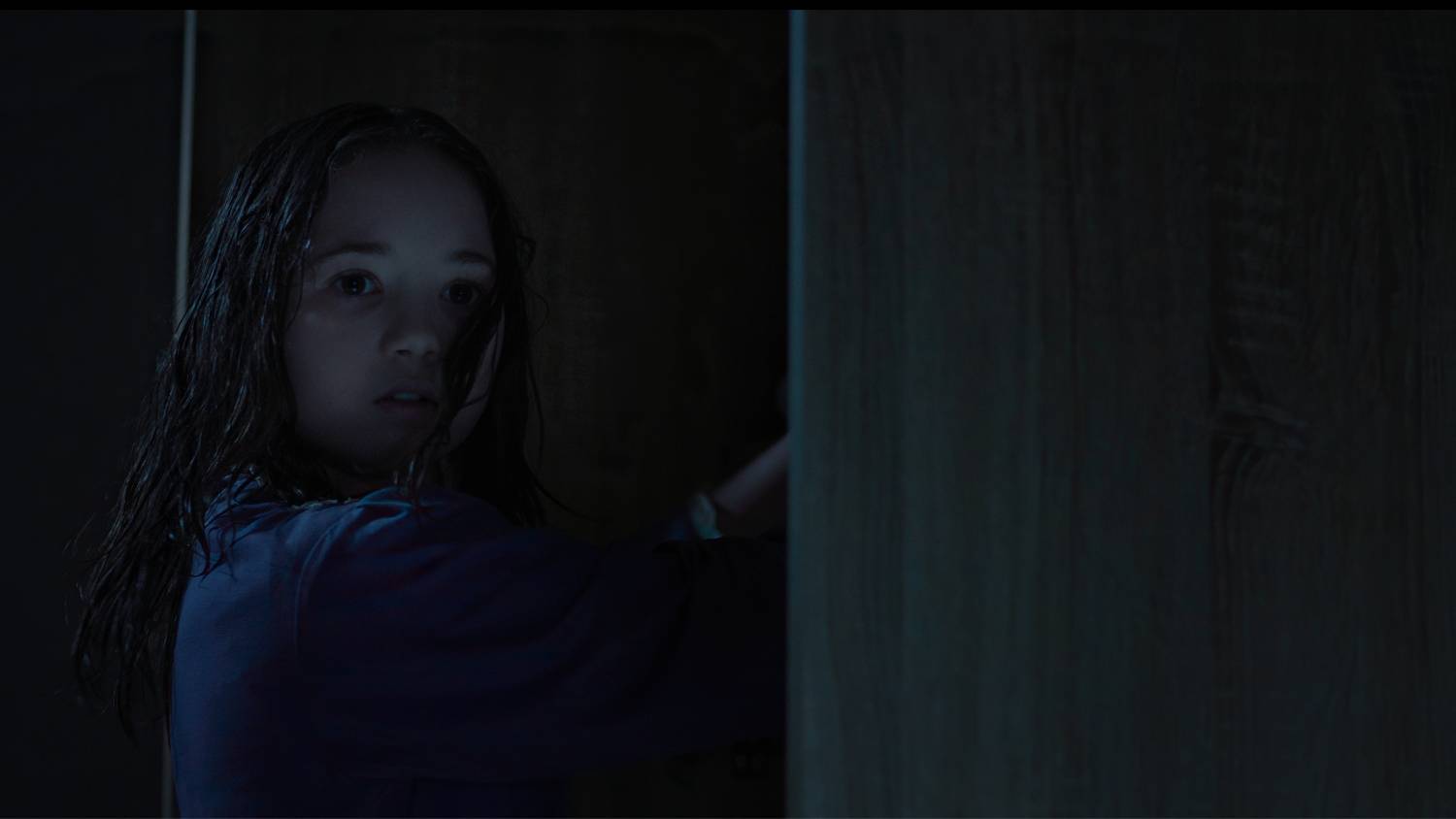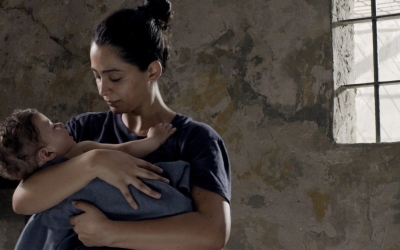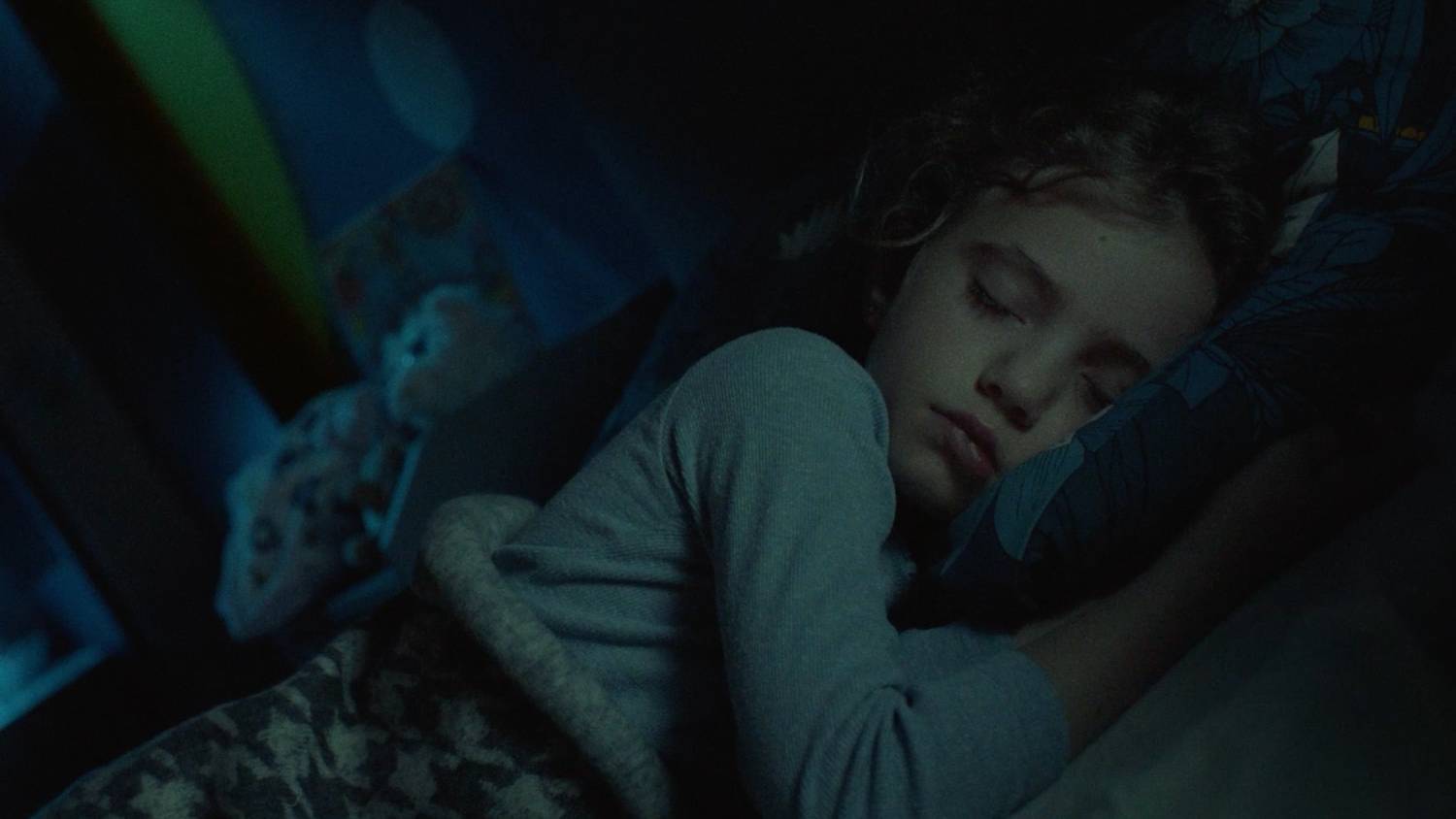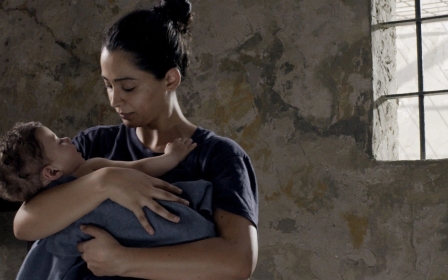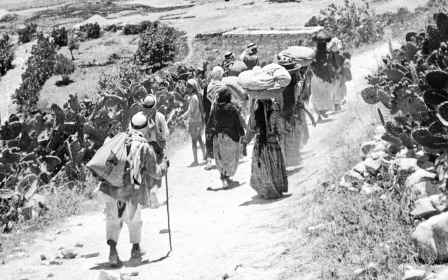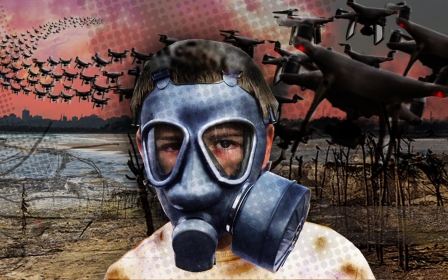Palestinian ghost stories: How filmmakers are using the supernatural to confront the wounds of the Nakba
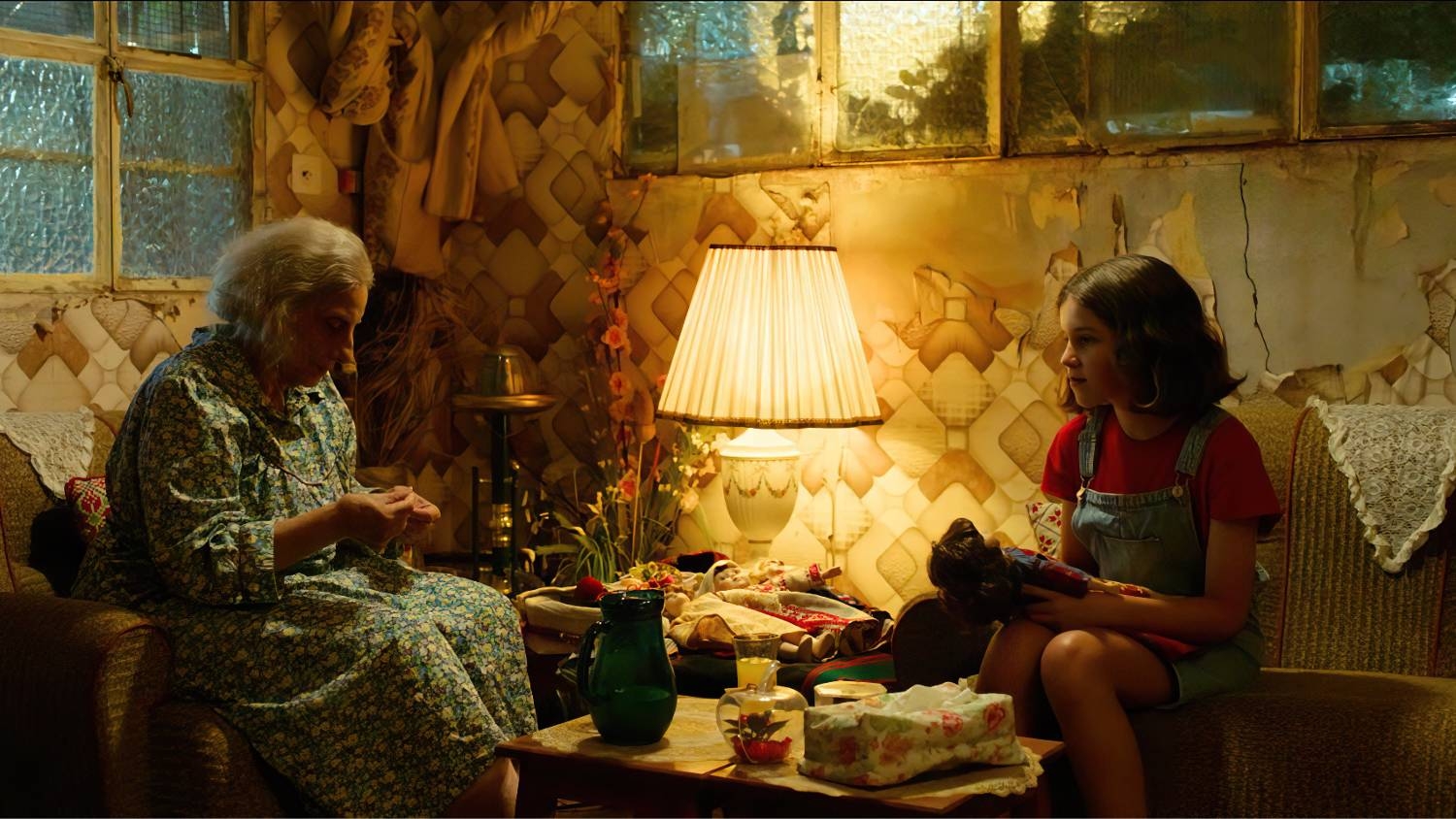
In the last forty years of Palestinian cinema, few filmmakers have made use of genre storytelling in exploring the Palestinian cause.
Two-time Academy Award nominee Hany Abu-Assad used the thriller format to underline the desperation and paranoia of the post-Arafat Palestinian landscape in Paradise Now (2005) and Omar (2013).
Sameh Zoabi employed comedy to investigate the absurdities of Palestinian existence in Israel in Man Without a Cell Phone (2010) and Tel Aviv on Fire (2018) and visual artist Larissa Sansour dabbled with science fiction in a series of short films - Nation Estate (2013) and In Vitro (2019) - that touched upon collective memory, nationhood and identity.
However, these examples are few and genre films remain a rarity in a Palestinian cinema largely informed by realism.
Social realism’s long reign seems to be finally ending and a new generation of Palestinian directors are experimenting with genre storytelling to inject new life into topics that may no longer be served by the habitual social drama format.
New MEE newsletter: Jerusalem Dispatch
Sign up to get the latest insights and analysis on Israel-Palestine, alongside Turkey Unpacked and other MEE newsletters
The year 2023 marks the first real flowering of Palestinian genre filmmaking with the release of two outstanding ghost stories: Muayad Alayan’s third feature A House in Jerusalem and Rakan Mayasi’s short The Key.
Similar in conception and thematic intentions but different in approach, the pair illustrate the elasticity of genre storytelling and the freshness it can provide to otherwise familiar subjects.
Fairy tales and horror
A House in Jerusalem is the story of 10-year-old Rebecca (Miley Locke), a British Jew who moves to her grandfather’s old house in Jerusalem with her father Michael (Johnny Harris) after her mother’s sudden death in a car accident.
Estranged and grief-stricken in her new environment, Rebecca gradually finds solace in Rasha (Sheherazade Makhoul Farrell), a little girl who lost her parents in an Israeli attack and who has been secretly taking shelter in the house.
Rasha is only visible to Rebecca, but is she a ghost or a figment of Rebecca’s imagination, as her father and her therapist assume? The details of her story suggest the former.
Rebecca’s grandfather bought the house in the 1960s from the state, which put vast numbers of properties for sale for next to nothing during the period.
It does not take long to work out that the house belonged to a Palestinian family who were kicked out of their home in 1948. Rasha is indeed a ghost, but is she the ghost of someone dead or living ?
If Alayan’s A House in Jerusalem is a classically-told fairytale, The Key is largely rooted in horror.
Adapted from a short story by Anwar Hamed from the cult sci-fi anthology Palestine +100, the film is set in a gated, heavily monitored apartment complex and centres on the daughter of an Israeli couple (Saleh Bakri and Lana Haj Yahia) who starts to hear noises at night.
Soon, the couple start hearing the same ominous sounds and grow increasingly paranoid.
The houses of both films are haunted by the Palestinian phantoms of 1948 - the ghosts of the thousands who were forcibly evicted from their homes and were never allowed to reclaim them.
Both films inventively pair familiar genre conventions with strident political commentary conceived as allegories; both underline the trauma and burning pain of the displacement Palestinians have endured since 1948 and both underline the buried horrors behind Israel’s facade.
Origins in the Nakba
A House in Jerusalem was inspired by Alayan’s family history. He and his co-writer brother Rami Musa are the descendants of a family that was forced out of its home during the Nakba.
Their father was born in 1933 and when the Nakba happened was a butcher’s apprentice delivering meat to homes, schools and monasteries in West Jerusalem where they lived at the time.
"My dad used to intentionally drive us through the different (streets) of West Jerusalem and tell us all kinds of stories about the district," Alayan told Middle East Eye.
"My mum comes from a different side of West Jerusalem. The ruins from my mother’s house, which was bombed in 1948, still exist as a matter of fact, enclosed in a kibbutz."
Alayan was raised and is still based in Jerusalem. His family were among the "very few lucky ones," as he puts it, who managed to relocate within historical Palestine.
The fact that his parents had access to their former homes did not lessen their traumas.
The fundamental premise of the film is rooted in a single image that caught Alayan’s eyes in 2009: a little girl picking up her bag from a taxi as she made her way into one of the old houses he knew through his late father.
Yet the real genesis of the project is rooted in something older and more profound: the utility of the moving images as a tool for preserving the collective memory of Palestine.
At the age of five, Alayan’s sister bought the family’s first video camera. Over one memorable summer, the family, accompanied by their visiting wedding photographer uncle, decided to visit the ruins of their grandmother’s old house.
“My mother and grandma hated going there. It was too painful and overwhelming for them. Each visited the house only once in my lifetime.
“That summer visit though was the only time where my grandma agreed to tell us everything about the house on camera,” Alayan said.
“The resultant video became the family’s most cherished possession for many subsequent years. This was the first time I realised how powerful image making can be; this is when I realised that I wanted to become a filmmaker.”
Part of the film is shot in the ironically named "Emek Refaim" or "the valley of ghosts"; the former grand Arab neighbourhood that was almost destroyed during the Nakba and left deserted.
Some of the places in the area - the places Alayan’s father got him acquainted with - make an appearance in the film, including his grandfather’s butcher shop and the Oweda houses where legendary Syrian singer Asmahan stayed during her Palestine tour before 1948.
Given how personal these details are, one can’t help but wonder why Alayan chose to anchor the story from the perspective of a white Jewish girl.
“I feel that audiences are usually more attentive to the perspective of children, particularly the audience who are not familiar with our narrative,” Alayan said.
“Israeli kids and young foreigners alike know nothing about the history of West Jerusalem; they know nothing about the history of these houses.
"We certainly had the adult and younger audience in our mind. We wanted them to lead the same journey as Rebecca: to learn and discover what she is discovering about the Palestinian narrative.”
The rise of the Palestinian narrative
I asked Alayan about the receptiveness of the West to the Palestinian narrative, especially the Nakba, compared to previous eras. Alayan was reluctant to comment on the matter on record, but he did agree that in the US "there’s an increasing room for the Palestinian narrative to be told, especially in the past 20 years".
Europe, though, is a different story, where the Nakba is constantly linked by right-wing politicians to antisemitism. Wide theatrical distribution for the film may therefore prove to be challenging in parts of Europe.
An unshakeable sense of loss permeates the film: Rebecca’s loss of her mother is juxtaposed with Rasha’s loss of her parents and Alayan’s own loss of the home he can never retrieve.
In Palestine, the personal is inseparable from the public. This ingrained loss has impelled Alayan to recreate the lost Jerusalem of his parents.
There are no houses left in West Jerusalem similar to the old villa that appears in the film, which is why Alayan was forced to dress up a house in East Jerusalem as a stand-in.
“This district of West Jerusalem has been transformed into the fancy neighbourhood in the area, coveted by rich Israelis and American and European Jews,” Alayan said.
"But even if the house existed, there was no chance that the Israeli tenants would have given us permission to shoot on their property, especially this story."
The director and his crew shot the film largely incognito; they pretended to be a documentary crew in order to avoid the nightmarish procedure required to obtain shooting permission.
An irretrievable past
One key decision the Alayan brothers had to make from the get-go was the nature of the ghost and whether it should be of someone living or dead.
“We were inspired by our parents when they were alive, so we therefore decided to make the girl a ghost of the living,” Alayan said.
“You know, my grandmother used to sit on our balcony and sing for her lost house, which was 15 kilometres from our home.
“Our Jerusalem was very different from our parents; our reality was very different from theirs. They refused to let go of the old Jerusalem. When we started to build the world of our characters, we opted for a metaphysical reality - the broken pieces people leave behind when struck by trauma. “
The imposing spectre of Palestine’s robbed past has confronted Alayan all his life.
"Right this very moment, I can see the hilltop where our old house used to be from my window and there is no law on earth that can grant me the right to retrieve it or even ask to get it back.
"The Nakba is no mere distant past: it’s part of my everyday life," Alayan adds.
"In some ways, the film has been a means for me to deal with trauma. Every time I get on stage, I feel my parents and grandma looking at me and I tear up."
There’s another personal dimension to A House in Jerusalem. The film is not just an ode to Alayan’s parents, it’s a love letter to his newborn son.
"I used to walk with my father in front of my grandma’s house when I was a kid, and now I’m doing it with my son," he said.
"There’s a continuation to this practice, a continuation I’m proud of. But there’s something bittersweet about it."
An allegory for occupation
For the maker of The Key, Rakan Mayasi, his idea for the film came from a place equally personal if less obvious than Alayan’s as his parents were evicted from Haifa and his family have been denied the right of return.
"I was working on a sci-fi short right before the Covid outbreak and a friend of mine encouraged me to read a short story from the Palestine +100 book for inspiration. I started reading other stories in the collection before arriving at The Key. Soon, I found myself completely taken by it," Mayasi told Middle East Eye.
"Two elements drew me to the story: the fact that the main character is essentially a sound (the invisible ghost), and that the dramaturgical protagonists are an Israeli family.”
From the get-go, Mayasi was adamant on steering clear from mainstream horror tropes, directing his attention instead to creating a chilling atmosphere that augments the encroaching claustrophobia the Israeli government has trapped its obliging citizens in.
"I did not see the film (as) a horror film but more of a fantasy thriller with a lot of tension," Mayasi said.
"Joe Saade and I chose static shots to generate this tension, while moving to the characters only with focal length (zooming in, in other words)."
The Key is a cold film and intentionally so. Its pace is measured; its gaze is forensic and detached.
Mayasi’s Israeli family are neither victims nor perpetrators: they’re the apathetic, complicit citizens of a carnivorous state they never question.
The abiding fear of the unknown noise is not driven by any predictable guilt but rather from ignorance of this mysterious other: of their poor nextdoor neighbours they’ve been sheltered away from.
The legacy of 1948 is the driving force behind the film’s nimble plot, yet it’s never mentioned throughout the course of the film. For Mayasi, genre-storytelling gave him substantial freedom to tackle the subject in a fashion that is worlds apart from the direct and accustomed treatments of the Nakba.
Mayasi admits that for viewers unfamiliar with Palestinian history, the central mystery of the film may go over their heads. "The Nakba is an event the audience needs to know prior; without this knowledge, the film would not entirely work for them," he said.
"It's historical information that is essential to comprehend the multiple layers of the film. I realise this is not easy to ask for."
Refraining from spoon-feeding the viewers with information, Mayasi uses insinuation, symbolism, and economical storytelling to realise writer Hamed’s short story.
"Obfuscating is the language I chose for rendering this film. Opening the door with a key, which is a metaphor of our right of return as Palestinians, says it all.
"I purposely avoided any aggressive intentions for the sound of the door opening because we are not invaders, we are returning home," Mayasi said.
"This method makes the proceedings all the more eerie. The film is structured as a puzzle that they need to work out.
"This is what appealed to me in the story: the fact that we don't know if this unseen menace is a real person, a ghost, or simply the general fear of the idea of Palestinians returning home."
A House in Jerusalem is released in theatres in the Netherlands and The Key is touring in festivals around the world.
Middle East Eye delivers independent and unrivalled coverage and analysis of the Middle East, North Africa and beyond. To learn more about republishing this content and the associated fees, please fill out this form. More about MEE can be found here.


